Tilleman's take on architecture
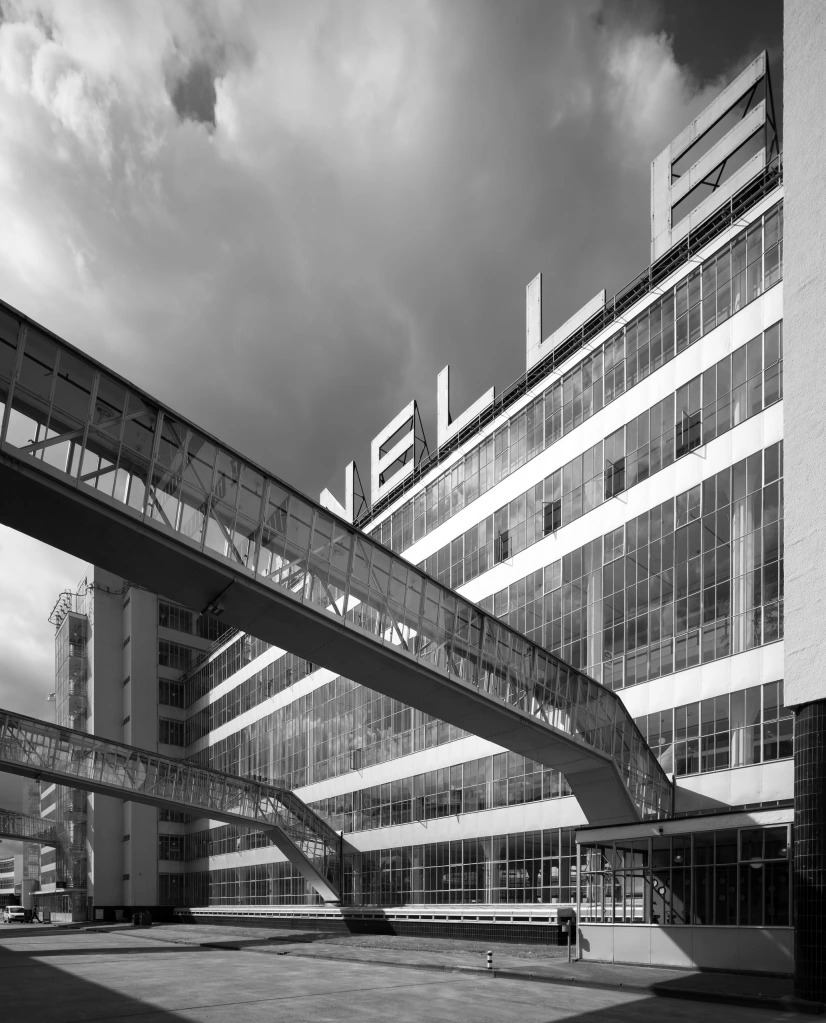
The 1920’s were the years of modernism in architecture. 1919 Walter Gropius had founded the Bauhaus Academy for architecture and desing in Weimar, promoting the idea of machine production as a stimulus to design for a better world. Le Corbusier published his thesis on architecture in which he described a house as a “machine to live in”. New construction materials encouraged experimenting and there was a global trend towards a form-follows-function approach. Not in the least in The Netherlands.
In Rotterdam coffee, tea and tobacco manufacturers Van Nelle were expanding their business. Co-owner and managing director Cees van Leeuwen was a friend of Walter Gropius and admired his work. The new Van Nelle plant, built between 1927 and 1930, was a perfect example of a modern approach to architecture. The use of reinforced concrete and steel enabled sleek lines and facades almost completely made out of glass. This resulted in a clean working environment with ample day light. Design for a better world after all.
Fast forward. In 1995 manufacturing at the Van Nelle plant ended. Ather a thorough renovation the premises now house various businesses. Being a national monument since 1985, it was added to the Unesco World Heritage list in 2014. The photographs for the preceding application were made by Rotterdam based photographer Ronald Tilleman.
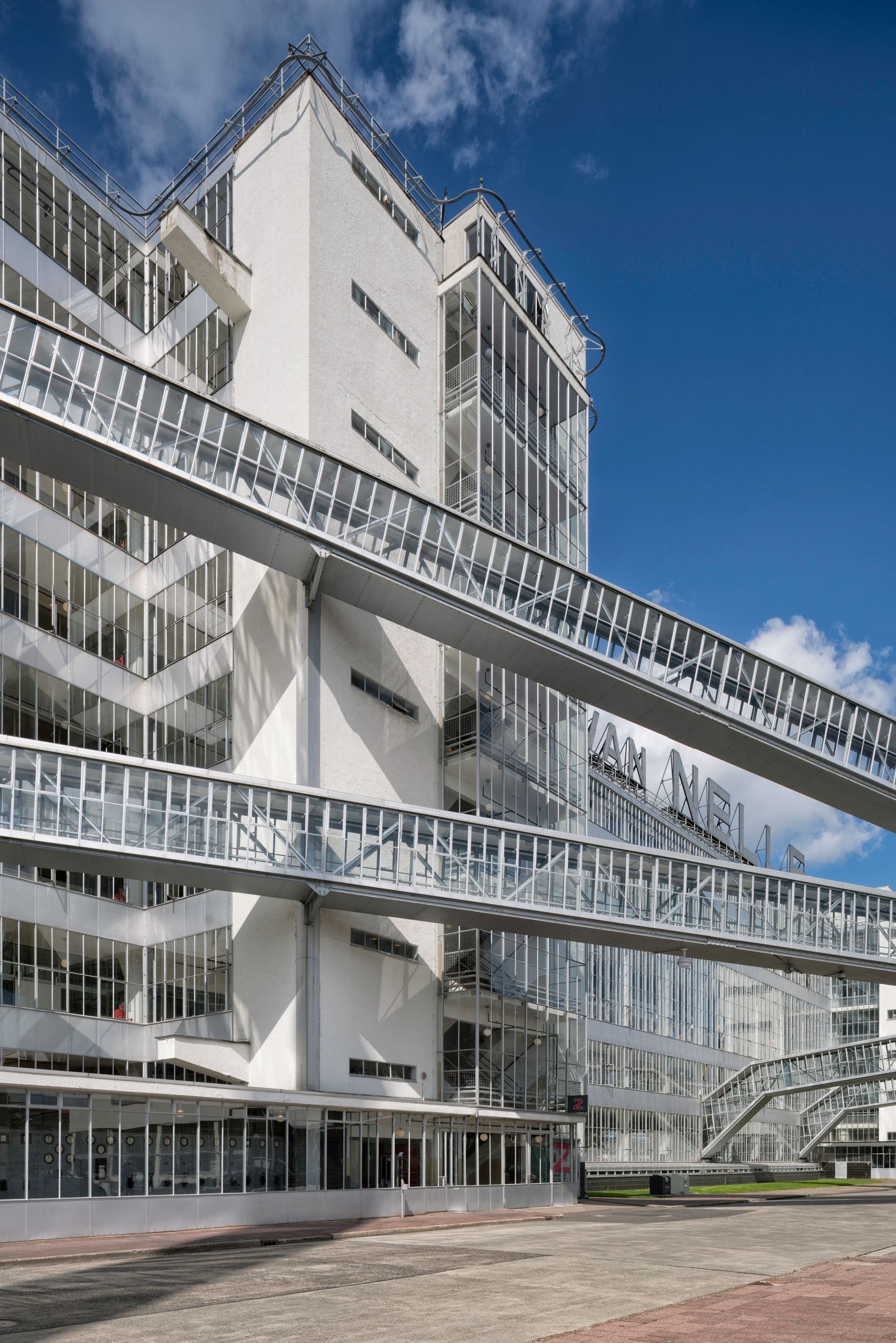
As for so many of us, Ronald Tilleman’s fascination for phography started using his father’s camera and making his first black and white prints in the high school’s dark room. He saved up to buy his first camera (a Praktica, made in GDR) and joined the local photo club. Apparently he’s got talent and soon received his first awards. Although contemplating to study photography, Ronald at first decided to become a teacher. Fifteen years and many awards later, he decided to start a second career as a full time photographer. At first, he did all kinds of commercial photography, combined with non-commissioned work. Working on assignments for construction companies and the Cultural Heritage Agency of the Netherlands, he got acquinted with several architects. Gradually architecture started to play a more important role. Tilleman is now a renowned architectural photographer. Besides that, he accepts other assignments and makes non-commisioned work. A necessitiy to keep a fresh approach, as he states.
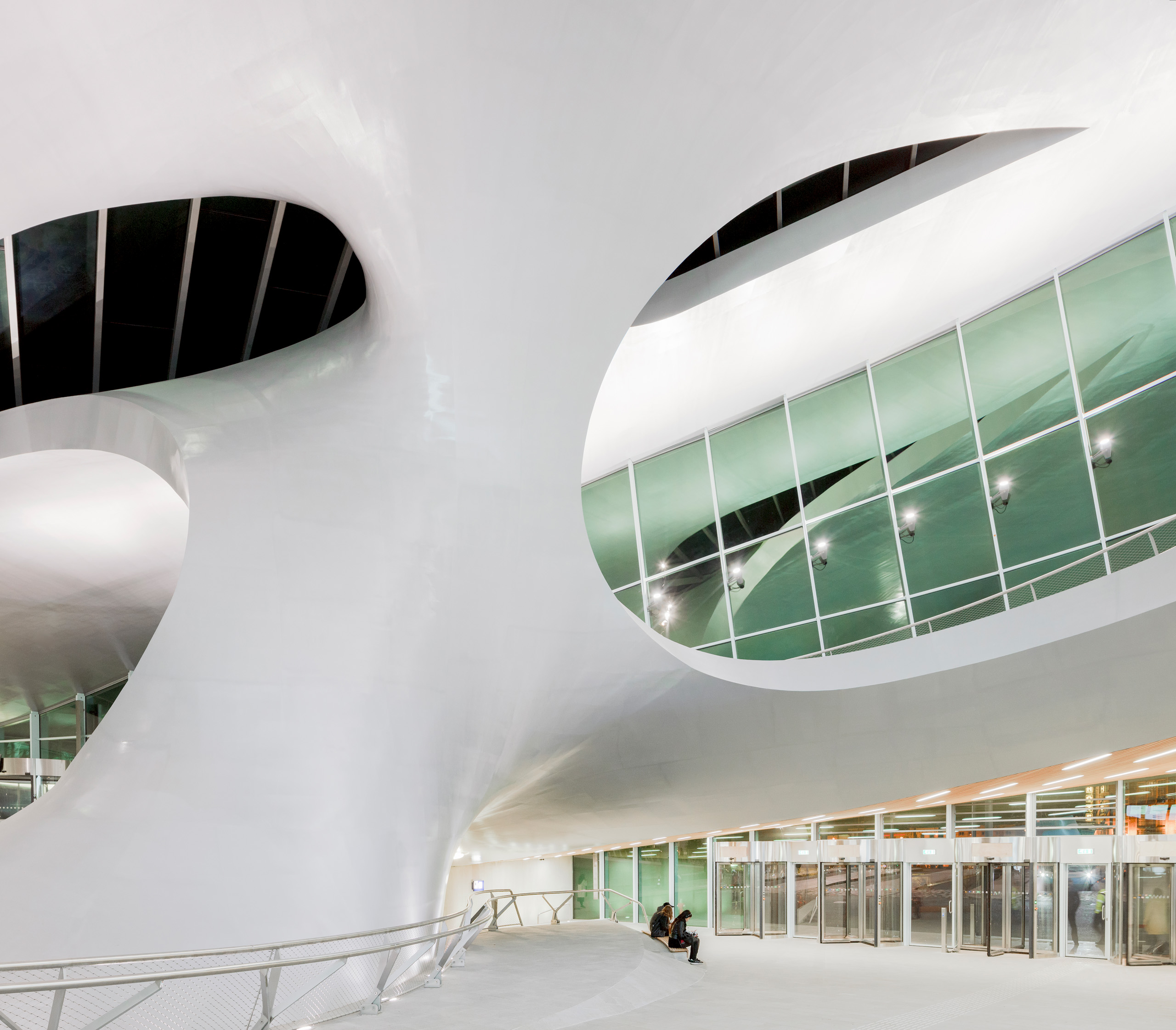
Photographer: Ronald Tilleman; Building: Arnhem Central Station, Arnhem the Netherlands
Disigned by UN Studio & Arup (structural engineering)
At first Ronald shot his architectural assignments on film, using a Fuji GX 680 and a Cambo SC 4×5″. The first ventures in digital were made with a Phase One P25+ combined with a Cambo WDS, later followed by the WRS. He still owns this set, but the camera he uses most frequently nowadays is the Cambo Actus. On this small view camera his Sony A7r bodies and (recently acquired) Fuji GFX-50r are used as digital backs. This camera is compact yet precise and gives perfect perspective control.
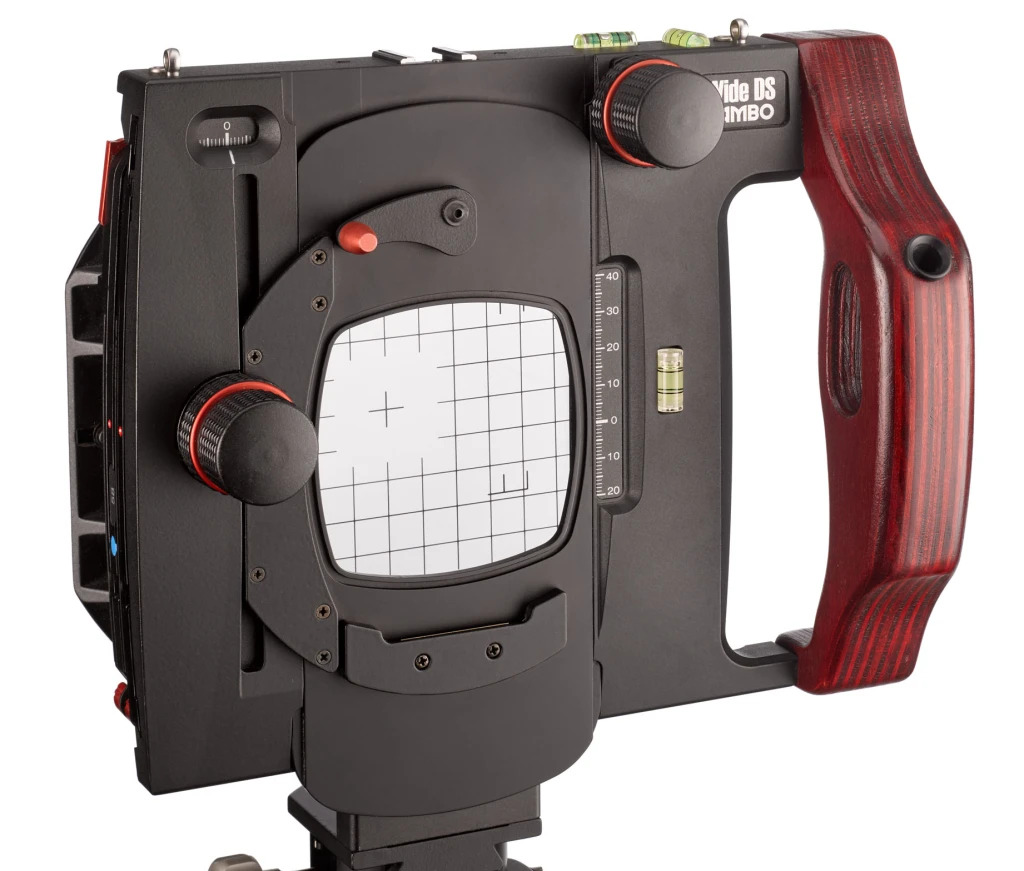
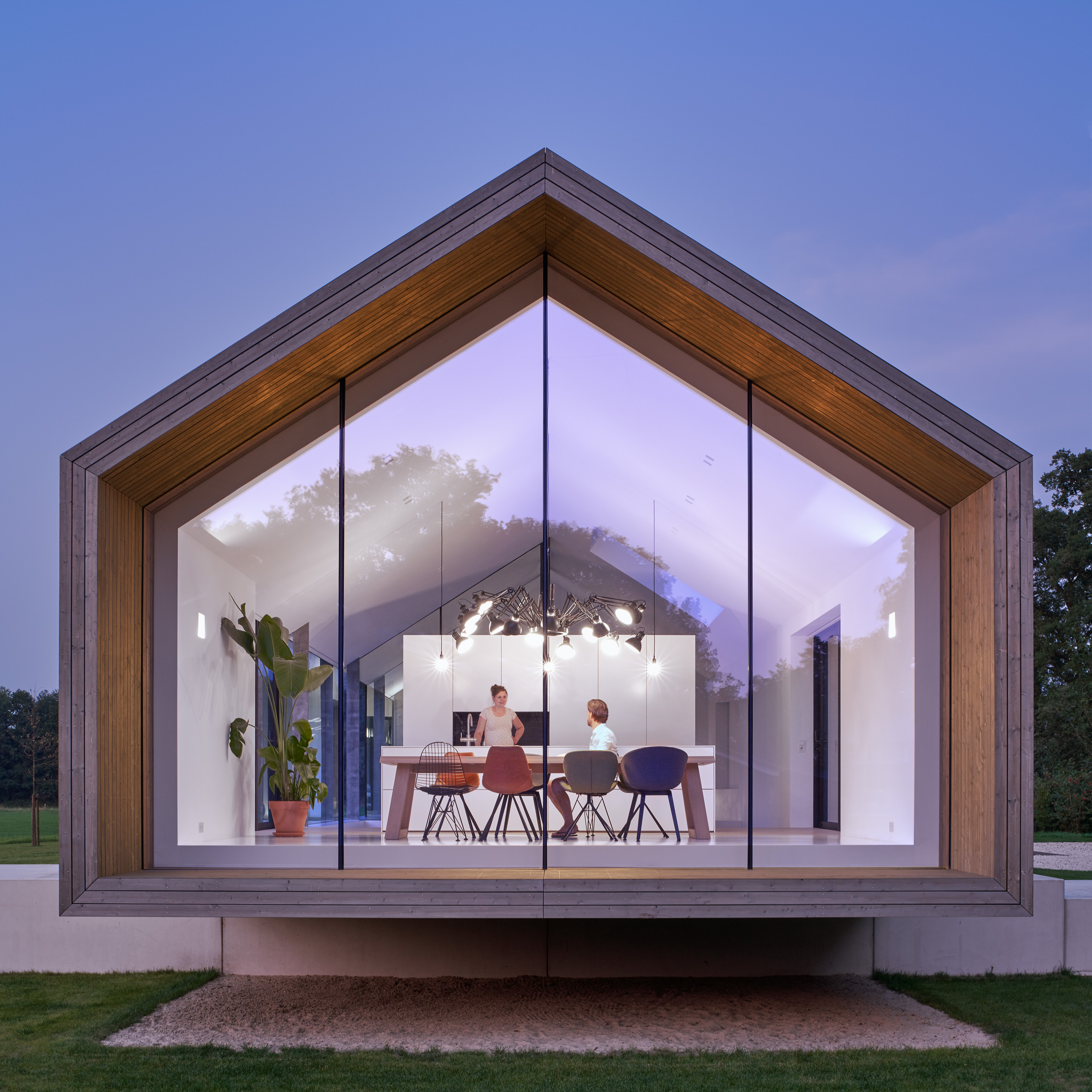
“In architectural photography choosing your point of view is of essential importance. It defines the proportions and perspective of the building or interior. You need to have a broad choice of focal lengths in your tool kit. At the end of the day, the evocative power and story behind a photograph are number one, followed suit by technical perfection.”
More work by Ronald Tilleman

